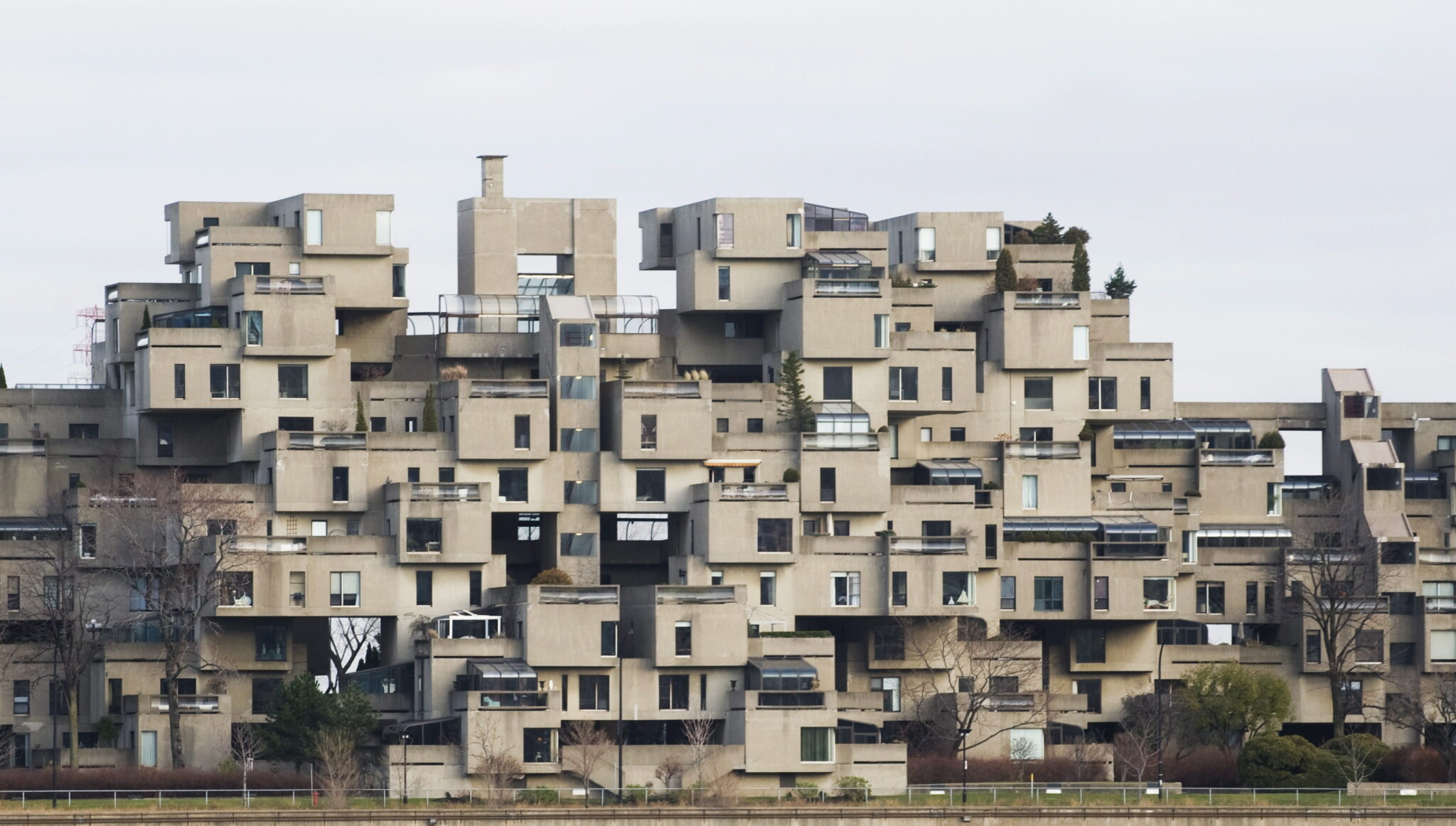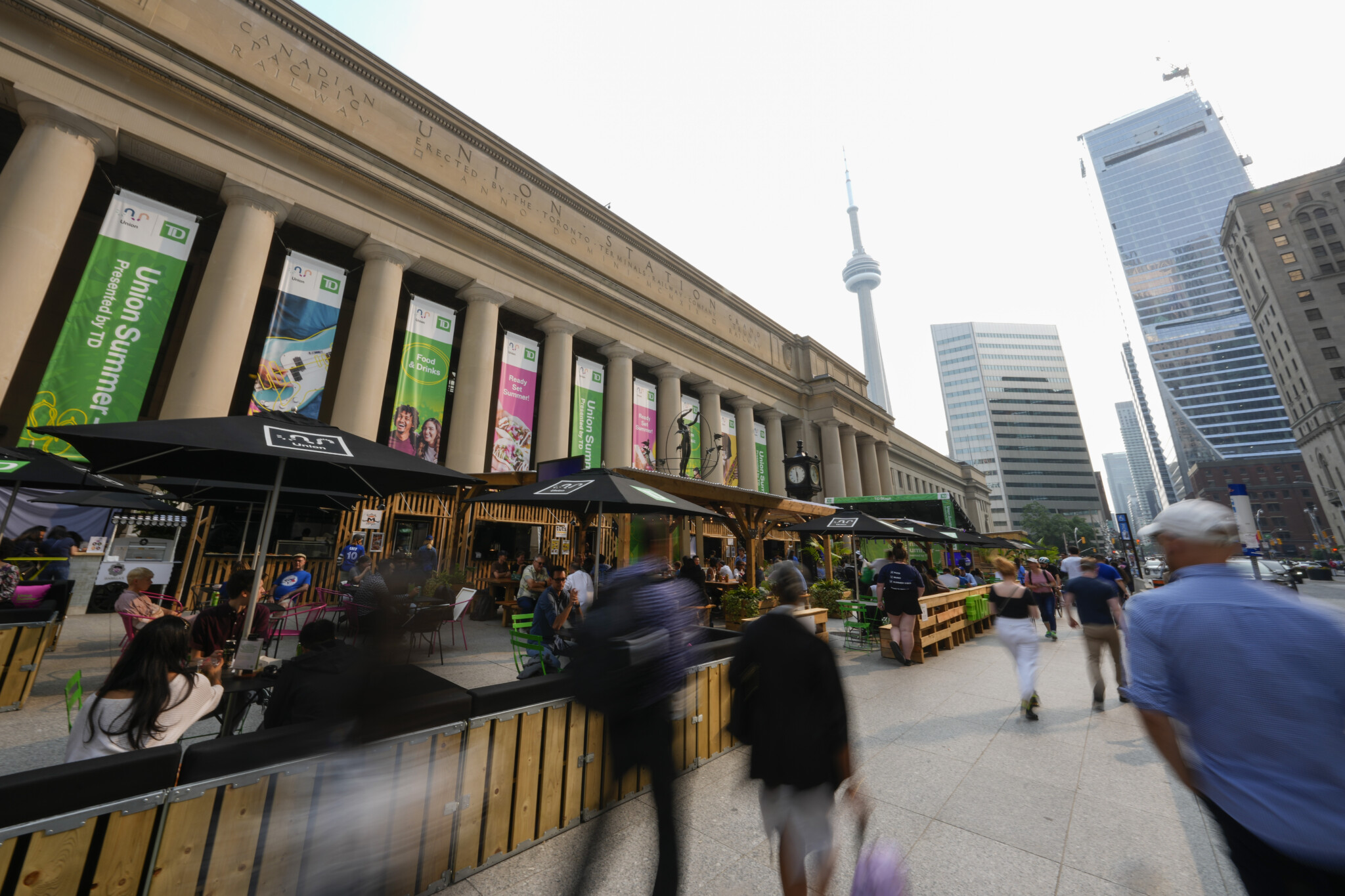In the ever-waging battle between modernity and tradition, a simple look at most urban centres around the world would indicate that the Modernist school of architecture has the upper hand. Gone, in the name of progress, are aesthetics. They have been sacrificed to the oft misunderstood mantra of “form follows function.”
It did not have to be this way. The interbellum period, that is, the period between two world wars, saw the crafting of the finest “modern” architecture ever produced, styles that borrowed from the past while pushing the form into new territory. This could be the playful Catalan Modernism found in Barcelona, the intricate Art Nouveau of Paris, the monumental Art Deco of New York, or the one-of-a-kind Neo-Brâncovenesc of Bucharest.
Yet the wreckage wrought by the Second World War led to changes in every aspect of Western society, allowing for the prophets of architectural internationalism, such as Le Corbusier and the “Silver Prince” Walter Gropius, to spread their unholy gospel. Soon, the ancient cores of war-ravaged cities such as Coventry, Eindhoven, and Le Havre were replaced with new brutalist structures and other modernist monstrosities. This was not a reinterpretation of the past; it was a clean break from the traditional.
These styles even made their way across the Atlantic, where they were sold to a credulous crowd of “elite” North Americans who were easily fooled into ditching bourgeois ornamentation for the “flat” proletarian walls of Bauhaus worker communes. Soon, works of Bauhaus, Brutalism, and the International School came to dominate our skylines, blighting them eternally. Today, glass has mostly replaced brutal concrete, and the shapes of the structure are a little more interesting, but the result—postmodern architecture—is nevertheless tedious.
We now find ourselves at a crossroads. Ironically, Modernism is no longer modern; it has been the dominant form for the majority of the 20th century. Our cities need solutions for the 21st century, a time where they are facing a multitude of crises ranging from aesthetic stagnation, accessibility, and urban heat islands to transportation bottlenecks, obesity, and the social isolation of their captive population.
Luckily, a solution from our distant past may hold clues towards a more resilient future. In the early 20th century, the City Beautiful movement, as much philosophical as an architectural current originating in international fairs and exhibitions, aimed to beautify North American cities to help increase the civic virtue of its population. While critics have rightly pointed out that the sole focus on aesthetics may be wrongheaded, it is as good a place as any to start.

Habitat 67 is shown in Montreal, Monday, November 28, 2011. Graham Hughes/The Canadian Press.
After all, beauty has scientific benefits, having been shown to mitigate loneliness and promote social connections. A City Beautiful movement for the 21st century should be one that promotes beauty, dynamism, a sense of community, accessibility, healthy living, resilience, and sustainability.
It should be noted that revival-type architecture does not have to be kitschy or a pastiche, nor does it have to be costly. With our advances in automation as well as in building sciences, we could mass-produce ornamentation and incorporate new materials into our designs.
Ironically, a return to traditional design may also bring about some environmental benefits. Instead of building for the short term, we could build resilient structures for the long term, reducing the raw waste diverted to landfills.
Furthermore, ditching architectural internationalism to promote unique regional styles that are respectful to the history, geography, and iconography of a place could help foster a sense of community and sense of belonging. Add greenery to our streetscapes, mass transportation, and a little mixed-use development, and we have a recipe for success.
This does not mean that this movement would be anti-car. In fact, this City Beautiful movement shouldn’t aim to make it harder to drive, it should create the type of environment in which people should want to take public transit, active transportation, or walking because it is either faster, healthier, or more pleasant. Think the human-scaled designs of new urbanism with a greater focus on aesthetics and the traditional.
If it seems far-fetched, the return of beauty has already been underway in certain parts of the world. Poland, Hungary, and certain German cities such as Frankfurt have found rebuilding their long destroyed historical cores to be of immeasurable value. The antidote to St. Louis’ Pruitt–Igoe complex is here. It is time for a new City Beautiful that promotes architecture and design that embraces community and aesthetics.









